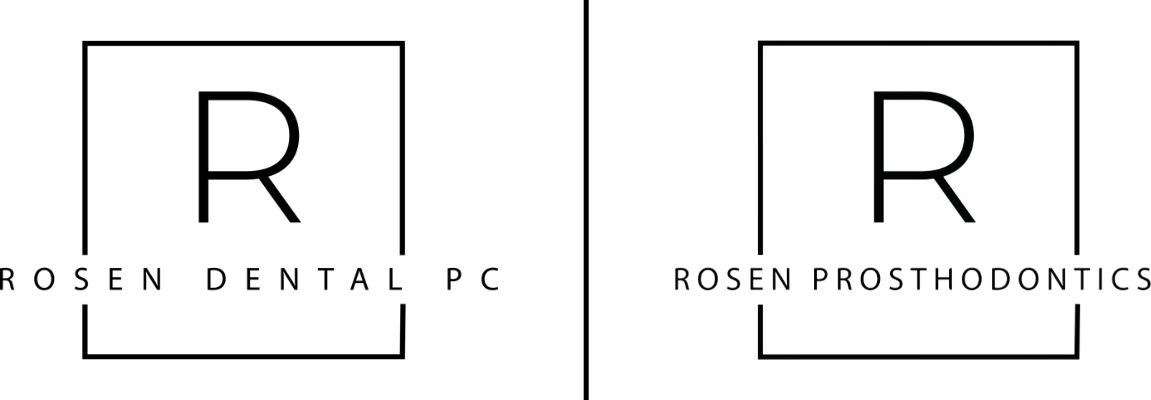Have you ever wondered how people in history achieved brighter teeth without modern dental products? Throughout history, various natural substances and techniques were employed to maintain oral hygiene and enhance the whiteness of teeth. These methods, ranging from the use of baking soda to herbal concoctions, highlight the ingenuity of past cultures in their pursuit of dental aesthetics.
Ancient Teeth Whitening Practices
Throughout history, the quest for brighter teeth has been a constant pursuit, with various cultures adopting unique methods to achieve a more dazzling smile. Ancient teeth whitening practices were diverse and often innovative, reflecting the ingenuity of past civilizations in their approach to dental care. From the use of abrasive substances to natural dyes, these early techniques were the precursors to modern dental whitening methods. It’s fascinating to explore how our ancestors tackled the challenge of teeth whitening, providing a glimpse into the importance of oral aesthetics across different periods and societies.
However, it’s crucial to approach historical teeth whitening practices with a critical eye, as not all ancient methods were safe or effective by today’s standards. Misconceptions about historical dental practices abound, highlighting the need for accurate information. For those interested in separating fact from fiction, Debunking Common Teeth Whitening Misconceptions offers an insightful look into the evolution of teeth whitening, debunking myths and shedding light on the journey from ancient practices to contemporary dental care. This exploration not only enriches our understanding of dental history but also emphasizes the advancements in ensuring safe and effective teeth whitening techniques.
Medieval Dental Hygiene Techniques
In the medieval period, achieving brighter teeth was a concern just as it is today, albeit with vastly different methods and understanding. During these times, dental hygiene practices were rudimentary and often based on a mix of superstition, herbal remedies, and early dentistry techniques. People would sometimes use rough cloths to rub their teeth in an attempt to clean them, or they might rely on abrasive substances like salt or chalk to try and remove stains. Herbs and spices, such as mint, were chewed to freshen breath, reflecting an early recognition of the importance of dental care. However, without the advanced knowledge and technologies we have today, these methods were limited in their effectiveness and could sometimes cause more harm than good.
The pursuit of dental health and aesthetics has evolved significantly since the medieval era, leading to the development of safe and effective professional treatments. For those looking to achieve a brighter smile with modern methods, exploring Professional Teeth Whitening in Somers can provide a reliable and efficient solution, leveraging contemporary dental advancements to ensure optimal results.
Renaissance Era Oral Care Rituals
During the Renaissance era, achieving brighter teeth was a pursuit that involved a variety of unique rituals and practices. This period, known for its emphasis on art, beauty, and science, also extended its innovative spirit to oral care. Individuals of the time employed various methods to maintain their dental aesthetics, reflecting the era’s broader cultural and social values. The practices varied widely, from the use of natural substances to elaborate routines, all aimed at enhancing the brightness of one’s teeth. These historical methods provide fascinating insights into how our ancestors prioritized and achieved oral health and aesthetics, showcasing the timeless desire for a bright, appealing smile.
19th Century Dentistry Advancements
The 19th century marked a pivotal era in the evolution of dental care, introducing groundbreaking advancements that significantly improved methods for achieving brighter teeth. This period witnessed the emergence of modern dentistry as a profession, with the establishment of dental schools, the development of new dental instruments, and the introduction of anesthesia for pain-free procedures. These innovations not only enhanced the effectiveness of dental treatments but also made the pursuit of a brighter smile more accessible and less daunting for individuals. The advancements in 19th-century dentistry laid the foundation for the sophisticated dental care practices we benefit from today. For more information on modern dental care, visit Rosen Dental PC.
Early 20th Century Cosmetic Dentistry
In the early 20th century, the quest for brighter teeth took a more scientific and professional turn with the advent of cosmetic dentistry. This period marked a significant shift from traditional home remedies to more sophisticated techniques developed by dental professionals. Advances in dental technology and a growing understanding of oral hygiene led to the development of new methods aimed at enhancing the aesthetic appeal of teeth. The focus was not only on achieving a whiter smile but also on ensuring overall dental health. This era laid the groundwork for many of the modern cosmetic dental procedures we are familiar with today, reflecting society’s increasing emphasis on personal appearance and dental health.
Conclusion
For more insights, call us at 914-277-8400 or read reviews on Google Maps.
